The Essential Guide to Mountaineering and Trekking in Nepal
Situated in South Asia, Nepal is a small but diverse country in every sense of the word and a veritable playground for outdoor adventurers of every kind.
Despite its small size – ranked 93rd by total area – Nepal boasts a wide range of geographies, from eight of the world’s ten highest peaks to the tropical lowlands of the Indo-Gangetic Plain.
Officially founded in 1768, though with roots dating back to the first millennium BCE, Nepal is a multi-cultural, multi-ethnic, multi-lingual and multi-religious democratic republic.
Home to a population of about 31 million people from 125 distinct ethnic groups, Nepal is one of the world’s least urbanised countries, but this is changing rapidly.
Still, the best way to meet the people of Nepal and experience their traditions and cultures is to head out on a trek into the Himal, the foothills of the Himalayas.
Before the onset of the Covid-19 pandemic, Nepal welcomed nearly 1.2 million tourists annually. While some stick around Kathmandu, hoping to rekindle the Cat Stevens vibe of the 1960s and ‘70s, many others strike out into the mountains to go trekking or climb one of the country’s immense mountains.
While we can’t advise about the smoky tea houses of Kathmandu, where Stevens supposedly penned the eponymous (though incorrectly spelled) song, we can help you figure out your next mountaineering or trekking expedition to the stunning South Asian country.
Planning a trip to Nepal
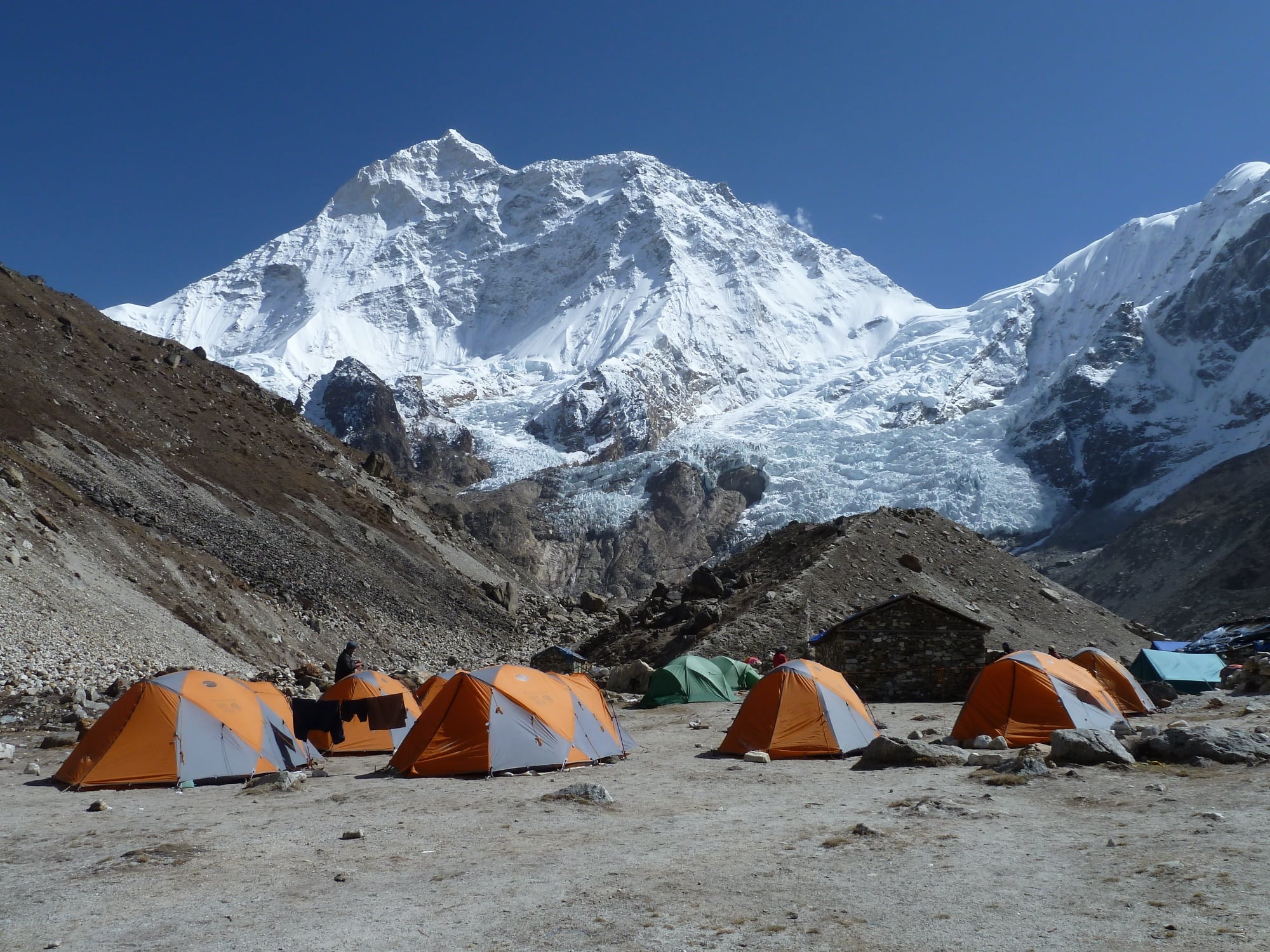
When is the best time to visit Nepal?
Nepal has a unique climate, given its location at the top of the Indian subcontinent and the foot of the world’s tallest mountain range.
Most mountaineering expeditions to Nepal begin in March or April and finish before the end of May when the monsoon season starts, and climbing becomes considerably more dangerous.
However, some climbers visit Nepal in September and October. With more snow on the mountains, climbing in the autumn is more challenging but should provide some (but not much) less crowding on the mountains.
Plenty of guides offer trekking expeditions throughout Nepal year-round. However, the most popular times to trek are also in the spring and autumn, when the skies are clearest and the temperatures are most amiable.
How do I get to Nepal?
.jpg)
Virtually all trips to Nepal begin with a flight to Tribhuvan International Airport (KTM) in Kathmandu. KTM may be reached from most major Asian airports and Istanbul Airport (IST).
The overwhelming majority of guides opt to meet either at the airport or a nearby hotel and provide or arrange transport to the start of a mountaineering or trekking expedition.
If this is not the case, KTM also offers direct flights to all of Nepal's regional airports, making it easy and simple to transfer closer to the trip's start.
Do I need a visa?
Tourists from everywhere except India require a visa to enter Nepal. However, visas are easy and hassle-free to obtain.
Except for some African countries and Palestine, tourists can receive a 15-day ($30), 30-day ($50) or 90-day ($125) visa directly at Tribhuvan International Airport (KTM).
If your itinerary requires you to spend more than 90 days in Nepal (lucky!), you will also need to apply for an extension, which costs an additional $3 per day.
If you’re someone who prefers to have the visa sorted before arrival, Nepal’s ministry of immigration allows you to apply online too.
Do I need to be vaccinated against Covid-19 to enter Nepal?
You do not need to be vaccinated against Covid-19 to enter Nepal. However, unvaccinated travelers will need a negative Covid-19 test within 72 hours of starting their journey to Nepal.
Spend a few days in Kathmandu
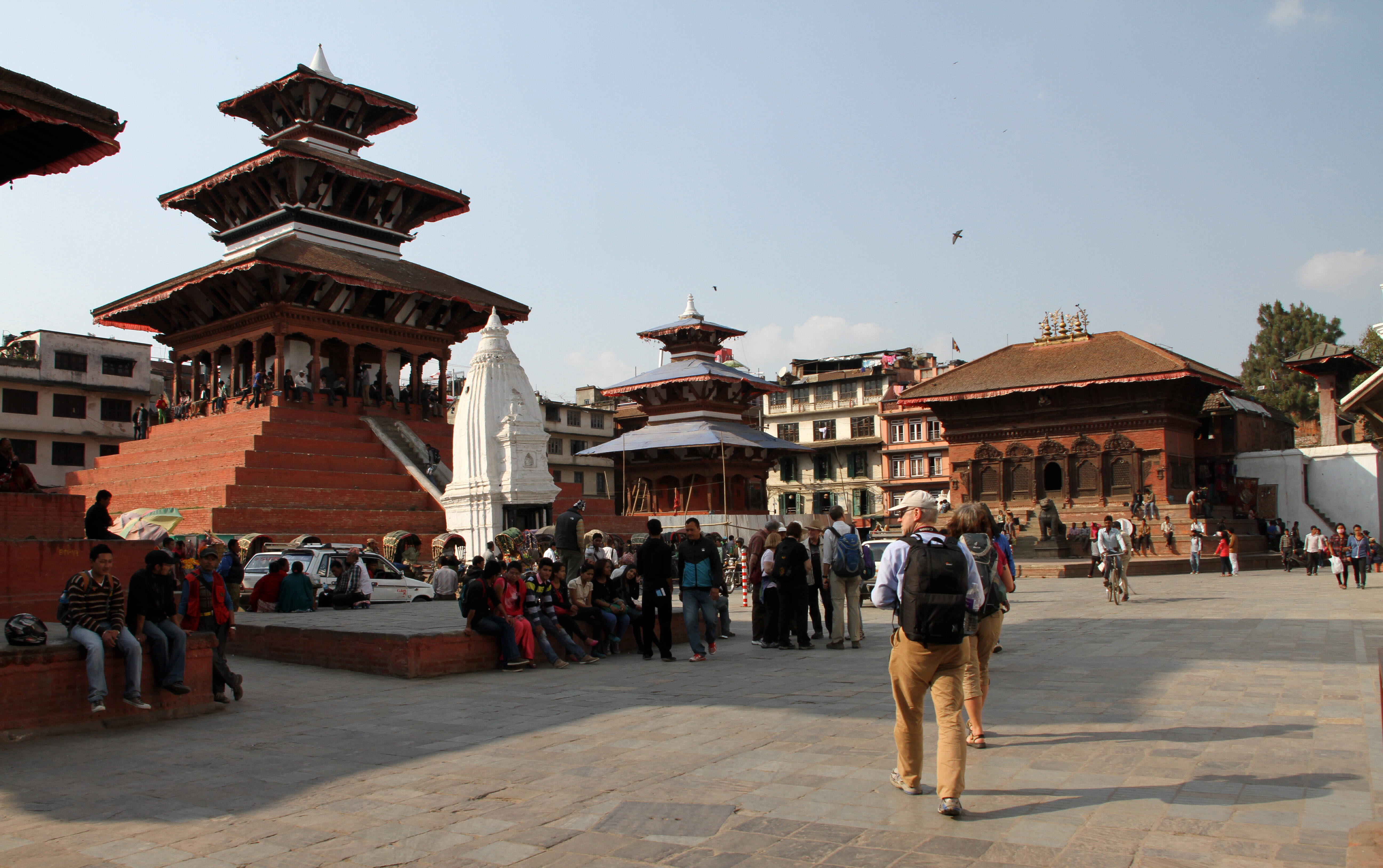
Virtually everybody flying into Nepal arrives in Kathmandu. The capital city is affectionately called the gateway to the Himalayas and is the centre of the country’s art, culture, economy and history.
An estimated 1 million tourists fly into the city each year. The vast majority decide to spend a day or two exploring Kathmandu before heading into the mountains. Most guided expeditions also build in a few days to see the sights of the city at the start or end of their itinerary.
Plenty of mountaineers and trekkers opt to stay at least one day in Tramel. The trendy backpacker district is conveniently located just north of the old city and close to Kathmandu’s main attraction.
Visitors' first stop is usually Durbar Square. Traditional architecture surrounds the site where kings were crowned and is adjacent to the Kumari Bahal, home of the town goddess, and Hanuman Dhoka, the royal palace.
Before setting off, pick up any last-minute supplies from the bustling Asan Tole marketplace. The six-spoked junction is located just a few minutes south of Tramel on foot.
Top mountaineering trips in Nepal
With more than 90 mountains exceeding 7,000 metres (23,000 feet) in elevation and eight exceeding 8,000 metres (26,200 feet), Nepal is the world’s premier mountaineering destination.
Running along the country's northern spine, the Himalayas are divided into 20 subranges, six of which are home to the vast majority of the highest mountains.
In 2022, 1,624 mountaineering expedition permits were issued to climbers for about two dozen mountains.
Everest

Situated at the heart of the Mahalangur Himal, Mount Everest towers above the surrounding peaks in Sagarmatha National Park.
Rising to 8,848 metres (29,029 feet) in elevation – similar to the height at which commercial jets fly – Everest is the world’s highest peak and one of its most sought-after summits.
Keep reading: How Much Does It Cost to Climb Mt Everest?
While the climb is not overly technical, venturing into the death zone is never easy, requiring plenty of training and preparation. Still, this hasn’t stopped a growing number of climbers from setting their sights on and reaching the top of the world!
An ascent of Everest is not for the faint of heart but is certainly a once-in-a-lifetime experience that should be near the top of every mountaineer’s bucket list.
Ama Dablam
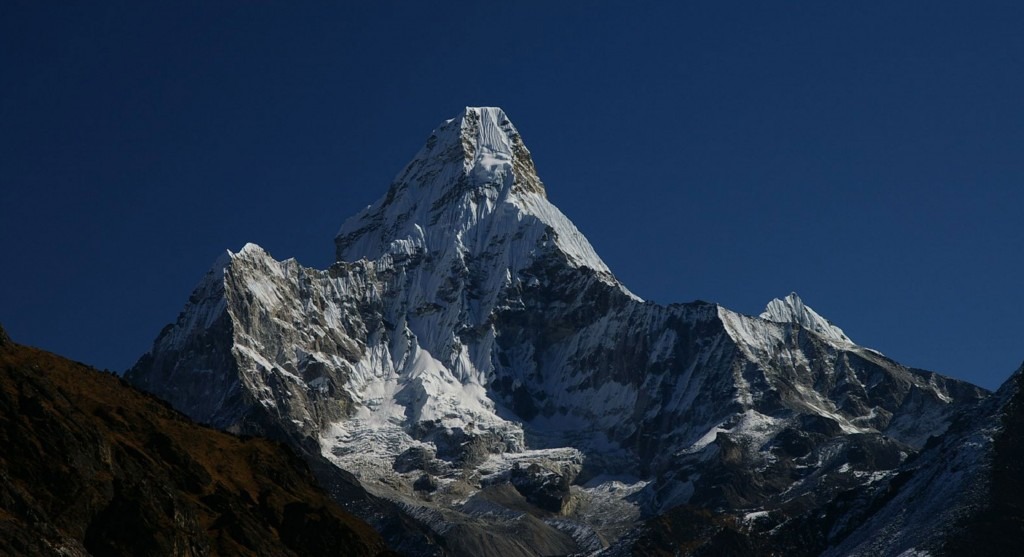
Sitting just south of mighty Mount Everest, Ama Dablam cuts a distinctive and imposing figure on the Sagarmatha National Park skyline.
Considered by many to be one of the most beautiful mountains in the Himalayas, the peak does not exceed 7,000 metres in elevation.
Despite its (relatively) small stature, Ama Dablam is the third-most climbed peak in the Himalayas and offers plenty of physically and technically challenging routes to climb.
The most commonly taken route to the summit is quite steep and requires climbing with ice axes, ropes, crampons and screws.
The toughest part comes on the ridge between Camp I and Camp III, featuring a short and steep section of near-vertical ice and rock climbing.
While the peak is far from the highest, it offers great climbing, stunning views and a scenic trek to base camp.
Island Peak

Formally known as Imja Tse, Island Peak is a large glaciated mountain situated at the eastern end of Sagarmatha National Park.
Boasting superb views of Lhotse and other surrounding summits (but notably not Everest, which Lhotse Shar blocks), Island Peak is a popular destination for novice mountaineers looking for a high-altitude experience.
Keep reading: Five 6000ers to Climb in Nepal Next Spring
Despite its classification as a trekking peak by the Nepalese government, some technical skills are required to climb the mountain. Namely, mountaineers will have to travel as part of a rope team and use crampons and an ice axe.
As a result of its moderate altitude – nearly 6,200 metres (20,300 ft) – and slight technical challenge, many climbers who have the time also climb Island Peak as a warm-up before heading to Everest or another of the region’s 8000ers.
Manaslu
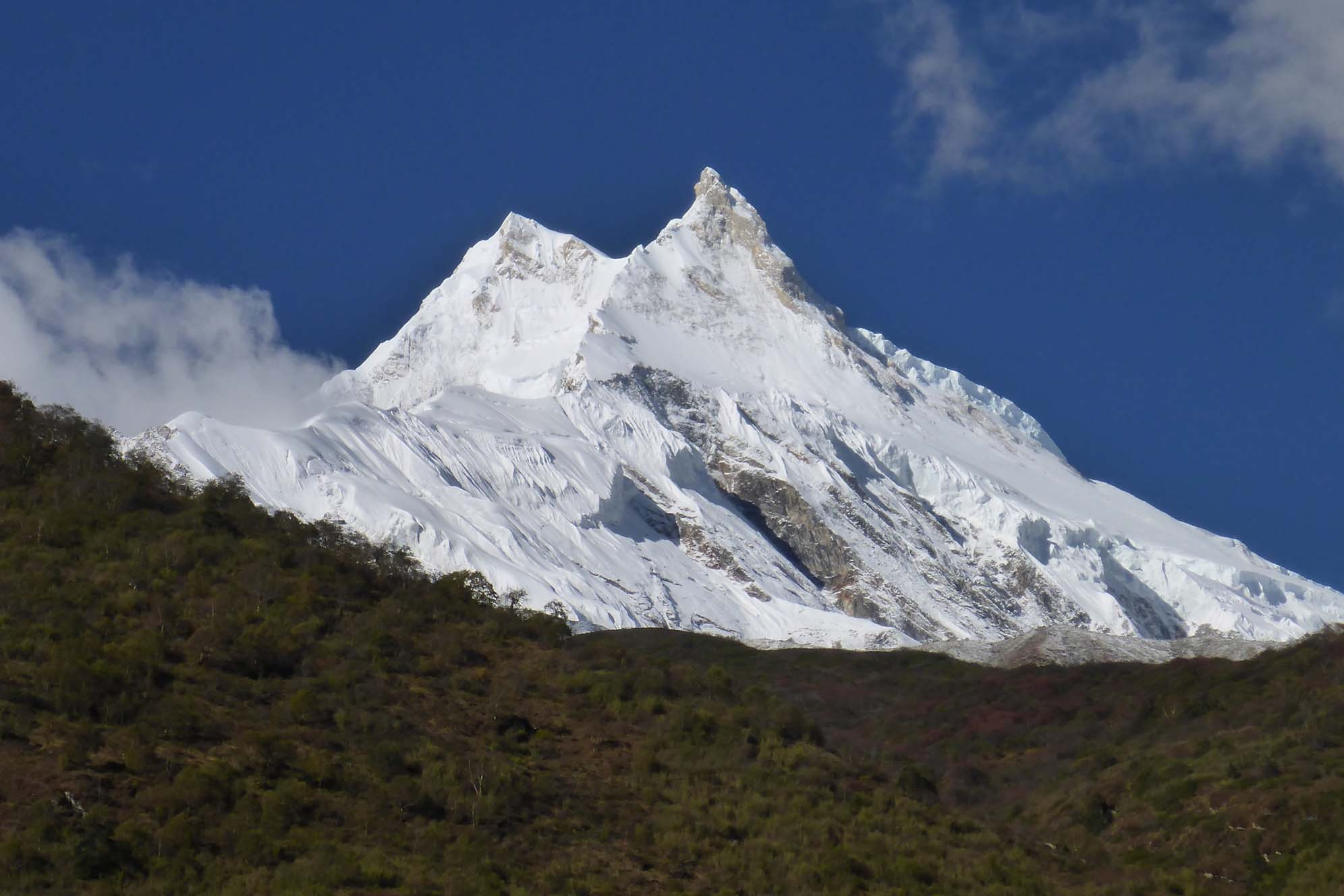
Triumph and tragedy defined the most recent climbing season on Manaslu, which sits 120 kilometres (miles) northwest of Kathmandu.
Sadly, two people were killed in a pair of avalanches on the mountain, which ended the autumn climbing season in late September for many teams.
Before that, several expeditions reportedly reached the top. Many climbers made their way beyond the usual stopping point, which was long mistaken to be the top, to reach the true summit.
Located on the other side of a heavily corniced snow ridge, reaching Manaslu’s true summit is more challenging than the traditional fore-summit. Still, many climbers are deciding to continue anyways.
Despite these challenges, Manaslu is widely considered to be one the least challenging 8000ers to climb and is one of the most popular, after Everest, as a result.
Lhotse
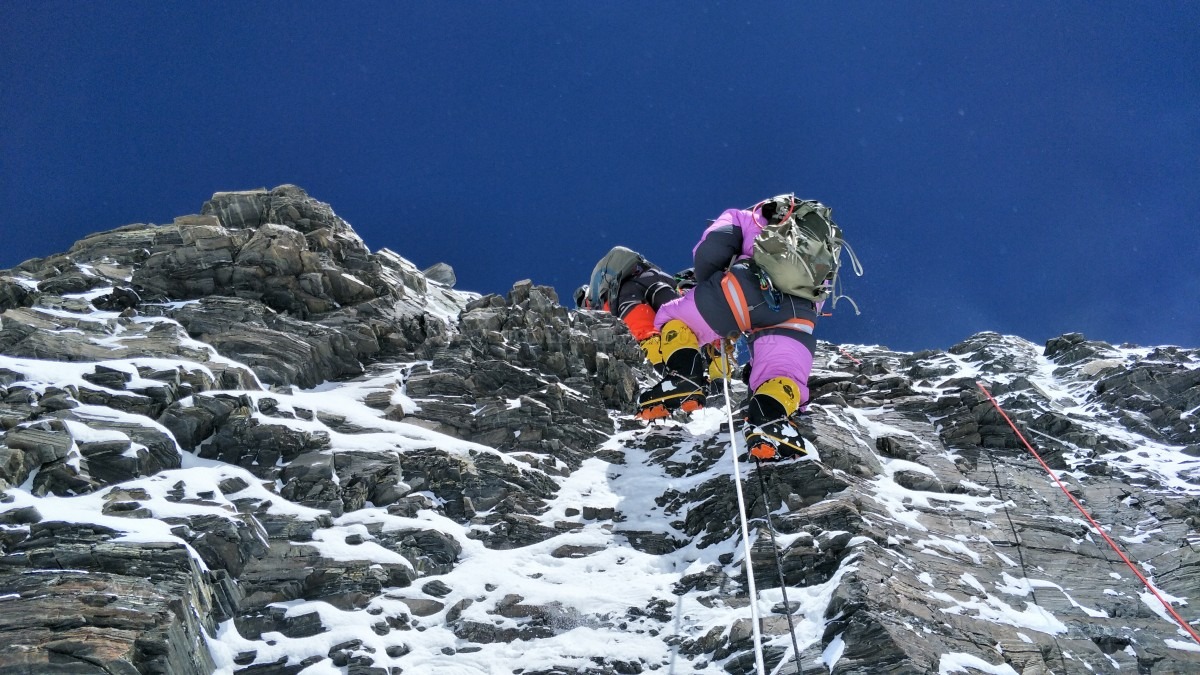
The fourth-highest peak in the world and third-highest in Nepal, Lhotse sits in the shadow of Mount Everest, connected to the world’s highest peak via its South Col.
For many years, Lhotse was mistaken to be one of Everest’s minor summits. As a result, no serious attempt to climb it was made until 1955.
However, Lhotse is now a frequent target for mountaineers acclimatising for Everest and as an add-on for Everest Base Camp treks and expeditions to Island Peak.
While it is not usually the main destination of an expedition, Lhotse is a challenging ascent, even for experienced mountaineers. The only route to its summit involves an ice-climbing ascent of the South Face before traversing the final couloir and reaching the top.
Excellent views over the Khumbu Valley and of mighty Mount Everest serve as ample rewards for the climbers who make the trip.
Top treks in Nepal
Roughly 400,000 trekkers visit Nepal each year to explore its varied and stunning landscapes and experience its traditional cultures.
Due to the diverse landscapes that accompany the Himalayas down the spine of the country, trekkers are faced with plenty of incredible options with a range of destinations and difficulties for every taste, time allowance and aptitude.
Everest Base Camp Trek

Trekking in Nepal is practically synonymous with the Everest Base Camp Trek.
Over the course of 2.5 weeks, expeditioners make their way from the eastern hamlet of Lukla to the foot of the world's highest peak.
Along the way, they will pass through a few of Nepal’s most stunning landscapes, including the rhododendron forests outside of Namche Bazaar and the foot of the massive Khumbu Glacier.
Keep reading: Everest Base Camp Guide – What to Know Before You Go
As with any trek, no technical mountaineering skills are needed to head out on and enjoy the adventure, However, a high level of physical fitness is required for the fairly long days of walking on sometimes steep terrain at altitude.
For those without the funding, time or technical ability to climb the highest peak in the world, making the trek to EBC is certainly the next best thing!
Annapurna Circuit Trek
.jpg)
The massive Annapurna Conservation Area is home to many of the country’s most popular trekking destinations. Chief among these is the challenging, scenic and lengthy Annapurna Circuit Trek.
The trek circumnavigates the mighty Annapurna massif, providing stunning views of the world’s tenth-highest peak from every angle.
The high point of the trek – both literally and figuratively – is crossing the Thorung La Pass, which separates the two main river valleys expeditioners cross and yields stunning views of this remote part of the world.
Along the way, trekkers will visit historical villages of cultural Tibetan Buddhists, see traditional rice paddy cultivation and experience a range of climates and landscapes.
Comprising several variations, the average length of the trek is anywhere from 160 to 230 kilometres (100 to 145 miles) and takes about 3.5 weeks. The trek requires no technical availability but is quite a physical challenge.
Upper Dolpa Trek
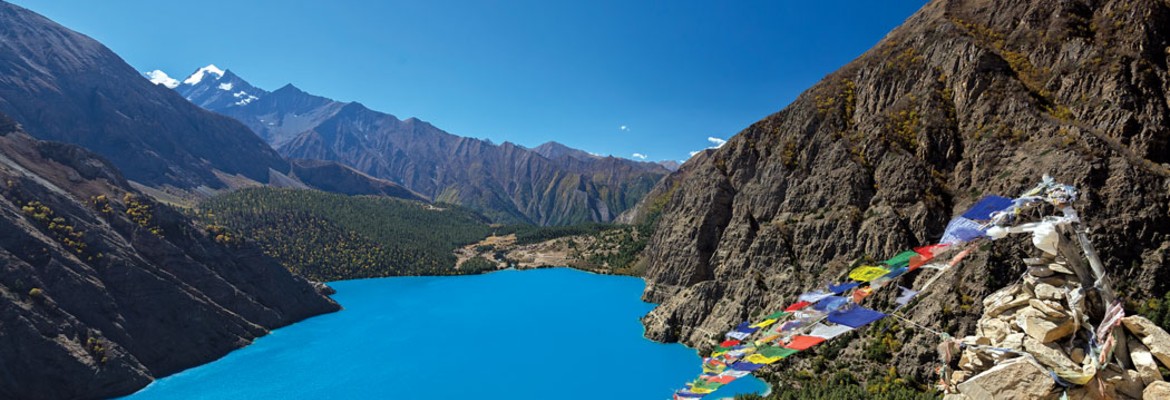
Traversing the remote and unspoiled arid northwest of the country, the Upper Dolpa Trek is a great way to experience a different side of Nepal.
Boasting thousands of square kilometres of unspoiled scenery, trekkers seeking to get off the beaten path and escape the crowds of some of the more popular mountaineering hotspots in the country flock to the Dolpo region.
Keep reading: Five Popular High-Altitude Lake Treks in Nepal
The circuit trek begins from Juphal and heads through Phoksundo National Park, traversing terraced fields, a narrow canyon, several rivers and a couple of mountain passes.
Along with stunning views from the high points of Kang La Pass, Saldang La Pass and Jeng La Pass, trekkers visit several cultural and religious sites in this culturally Tibetan area of the country, a rare treat that will not be found in many other regions of the county.
Everest Three High Passes Trek
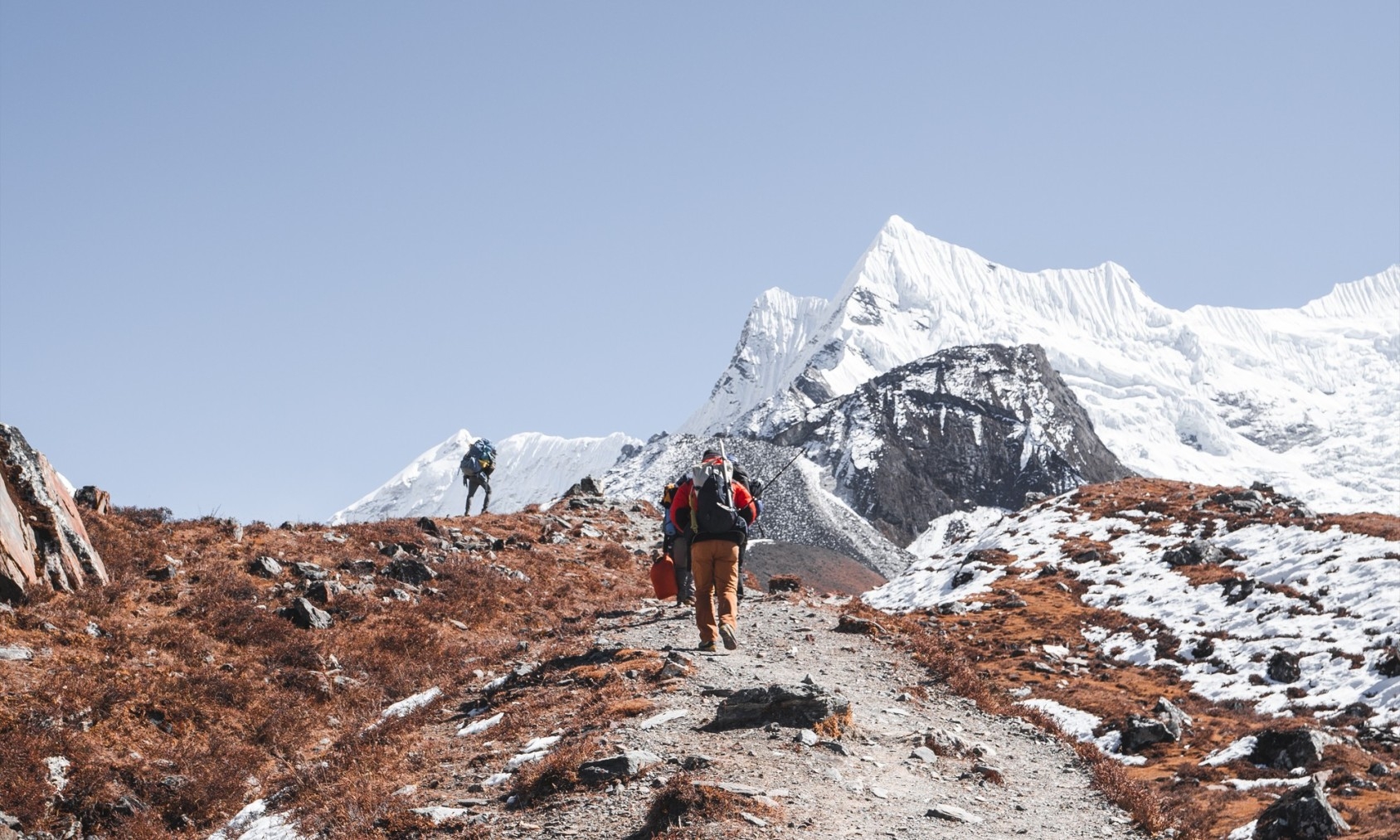
While not as popular as the EBC trek, there is no shortage of stunning scenery and cultural experiences to be had on the Everest Three High Passes Trek.
As the name suggests, the trek takes climbers over three of Sagarmatha National Park’s iconic mountain passes and through several of the park’s most picturesque landscapes.
The adventure begins from Lukla and crosses the Kongma La Pass (5,345 m/18,430 ft) en route to Everest Bse Camp.
From here, trekkers head west, crossing the ChoLa Pass (5,368 m/17,612 ft) before entering Gokyo Valley. As trekkers return to Lukla, they cross the Renjo La Pass (5,360 m/17,580 ft), completing the trifecta.
Align with excellent views, trekkers will visit the highest freshwater lake in the world and pass through traditional Sherpa villages, getting the chance to meet the people, try their food and learn a bit about their culture.
Ghorepani Poon Hill Trek

Widely considered to be one of the shortest and easiest expeditions in Nepal, the Ghorepani Poon Hill Trek is the perfect option for novice trekkers looking for their first Himalayan outdoor adventure.
Also known as the Annapurna Panorama Trek, the week-long expedition takes participants to the top of the modest Poon Hill (3,210 m/10,531 ft) for a truly sublime sunrise.
Situated just 23 kilometres southwest of Annapurna Base Camp, the summit boasts expansive views at any time of the day over 11 incredible peaks on the Annapurna and Dhaulagiri massifs.
With multiple starting points, which mainly depend on the time allotted, the expedition is one of the most popular in the Himalayas and conveniently fits into a traditional two-week holiday time frame.
As a result, the route can be pretty crowded, which is why the best time to visit may be at the periphery of the trekking season.
Conclusion

For anyone interested in exploring the great outdoors, visiting Nepal should be at the top of their bucket list. The small yet diverse South Asian nation offers an unparalleled array of peoples, cultures, climates and landscapes to explore.
From summiting some of the highest mountains in the world or their (comparatively) smaller neighbours to trekking into the unspoiled Himlayan backcountry, Nepal offers the perfect expedition for outdoor adventurers of every budget, predilection and skill level.
Compare prices, trips and read verified reviews on ExpedReview for free. It’s never too early to start planning your next Nepalese trekking or mountaineering adventure!